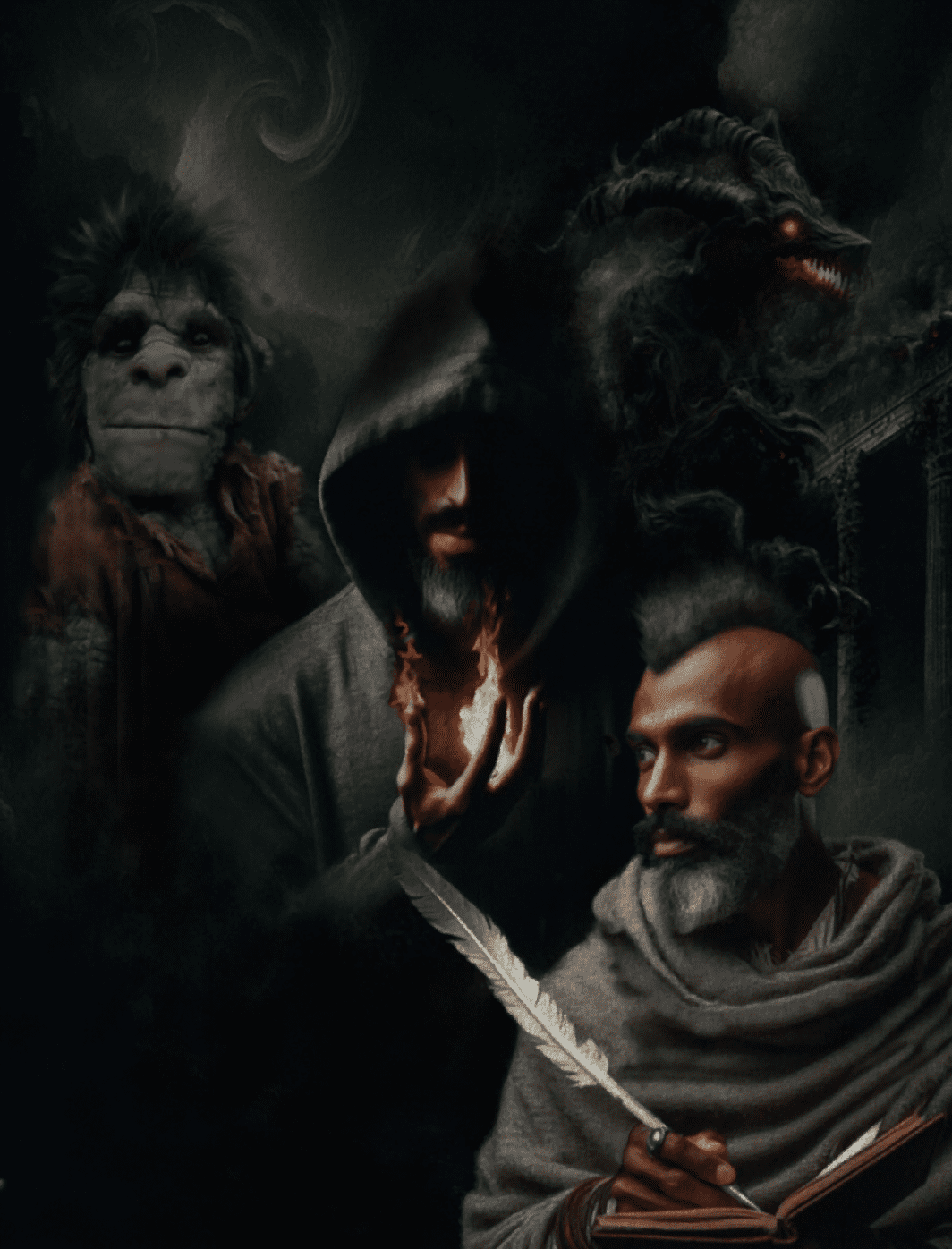Having been teaching English literature as part of my day job for the last few years, I thought I really ought to put some of this knowledge together to create my own novel. So, for my 50th birthday treat, I set a little book-writing challenge for myself. I took some of the characters and plot lines from the literary texts my students were studying at the time and blended them together with a few twists of my own and settled down over a two week period to write the book. The result was the first draft of The Wizard’s Mission – an epic fantasy novel about the titular wizard who travels across the fantasy world to investigate a mystery intertwined with the political and religious intrigue in a grand imperial palace. There are plenty of twists and turns and allusions.
It took about a month to edit and proofread the draft and construct the book cover. It is the process of creating the front cover for the book that I introduce in this post, representing my first non-literary artistic contribution to this novel project.
To create the cover, I took several steps. First, I got AI image generators to create impressions of some of the main characters according to my descriptions. I then hacked those together in GIMP so they were closer to how I envisaged them. Then, still using GIMP, I arranged these characters together to create the dark composite image below. 
So far so good, but I wanted a more ‘painted’ feel to the cover. I therefore crudely painted the characters based on the same composition and, to brighten the image up a bit, put in a stormy magical sky and elements of grand ancient architecture, which have some connection to places and events in the story. 
At this point, I had the basic cover design complete and only needed to tidy it up to give it a professional finish. I digitised my painting and tidied it up a bit in GIMP, further adding the necessary text. The cover design was complete. Admittedly the rendition below is a bit fuzzy, but the image file printed on the actual cover was, of course, a much higher definition.
My final comment is on my nome de plume. It’s something like a reversal of my real name derived from errors in my name that I’ve seen in various printed documents at work in the same educational institution where I’ve been teaching the literature that inspired this project i the first place. That is to say, much of this project, from story and characters through to my pen name, was inspired by these experiences working my day job.
